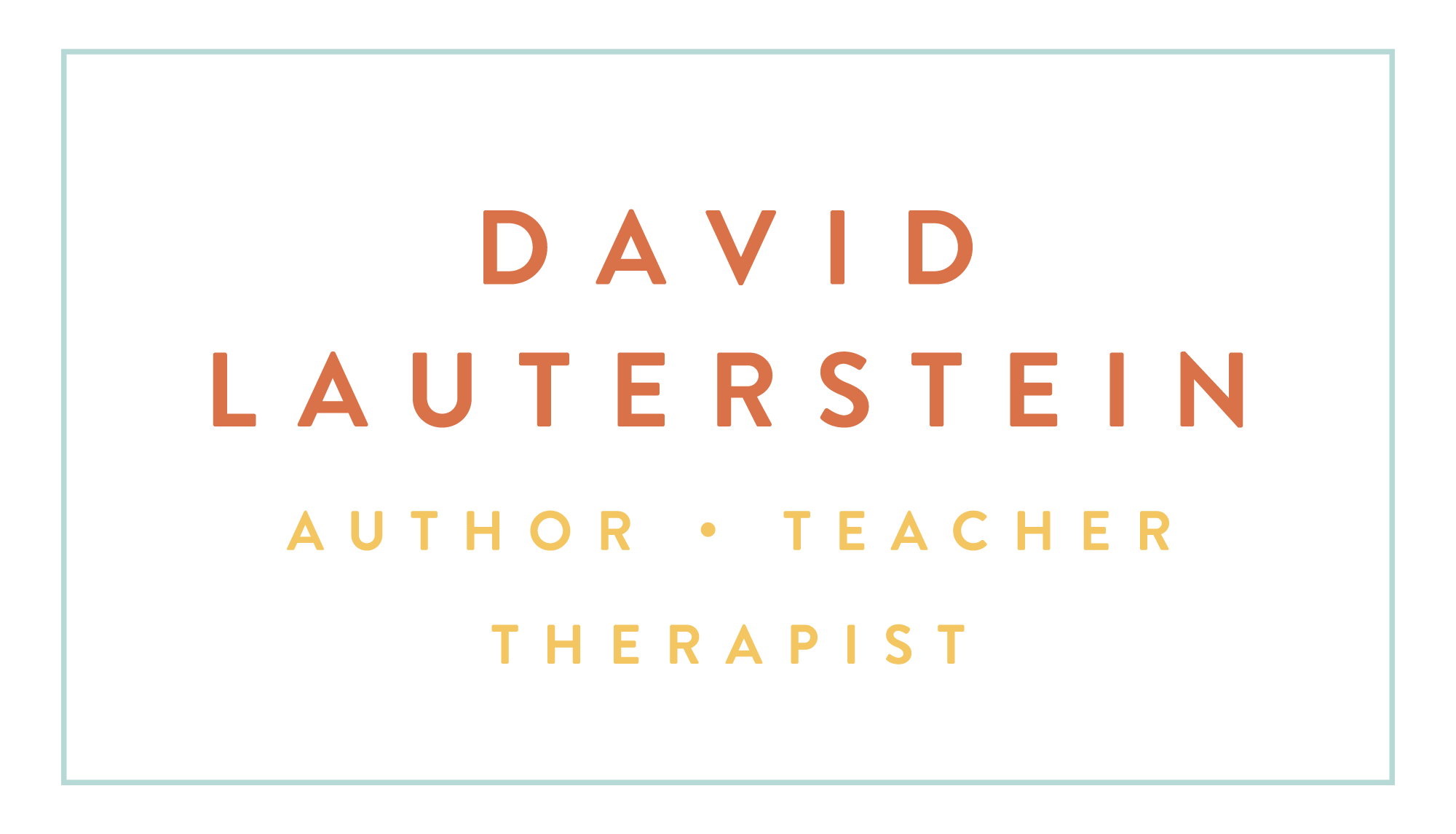THE ORBICULARIS MUSCLES
The graphic forms of the circle and the letter “O” have remained fairly constant from Phoenician times until the present day. The name of the Phoenician letter for “O” was eyn meaning "eye", and the letter (and possibly the shape of a circle and the numeral for Zero) all may have originated as drawings of a human eye.
There are two circular muscle groups in the face. They encircle the most expressive parts of us – the eyes and the mouth. It is interesting that the two most popular paintings in history revolve around the expressive mouths of the Mona Lisa’s enigmatic smile and The Scream by Munch.
The muscles surrounding the mouth are known as the orbicularis oris and those around the eyes as the orbicularis oculi.
Looking first at the eyes:
One can enhance the freedom and acuity of vision with mindful deep massage. “Deep” here refers here to a touch with deep compassion and thoughtfulness, rather than pressure.
The orbicularis oculi is a sphincter which, when it tightens, closes, winks, or blinks the eye. When we get eyestrain it can be involved. Then there are also intrinsic eye muscles that we can’t access directly but to which we can aim our energy – these move the eyeball itself this way and that. They attach behind the visible eye - above, below and to either side of eyeball. They in turn are reflexively linked to the suboccipital muscles, such that the eyes tend to look in the same direction to which we turn our heads.
Working with the suboccipitals may help us release unneeded tension and fixations of eye movements.
Eye exercises through the Bates Method or Feldenkrais work can also be of great benefit.
The eyes, like so much of our body, work so well that we often do not bestow upon them the gratitude they deserve. We do not give them the loving attention they earn through their selfless work everyday. So, between touch and movement, let us explore a more balanced way of seeing, feeling and honoring this amazing world within us, through which we are privileged to see. (Of course inner seeing is happening as well with visual-impairment.)
Now consider the mouth:
The human face is capable conveying more than 20 distinct facial expressions. These are largely a function of the muscles of the mouth and the eyes.
The mouth of course is not only an orifice for expression, as are the eyes – it also is a primary organ of contact. It is amazingly diverse in its biological roles – with at least 25 distinct functions!
With all these functions, we can see how relaxation and healthy function within and around the mouth is essential for our health. When the mouth and jaw are affected with chronic tension, it is as if what I call our emotional range-of-motion is affected; this in turn can have global health consequences.
So massage for the mouth and jaw areas is important. That said, during the pandemic, therapists must avoid working with the face; so self-massage here becomes more necessary than ever. The tension induced by mask-wearing can affect our everyday expression, our breathing, and our jaw tension. And I really miss seeing people’s faces! So much of our social interaction is nourished through expression. Humans have evolved to read the emotions of each other, largely through our faces and this capacity, the information current flowing from the how we look at each other, as well as what we say, is vital to the feeling of connection and the flow of information.
Massage for the whole face is a deep pleasure. To address particularly tension around the mouth and jaw, simply slow down when giving yourself a basic facial massage, concentrating on breath, relaxing the lips, the muscles of expression surrounding the lips and the jaw muscles that so often reflect tension when we are under stress.
When doing face massage on yourself, use primarily your first and middle fingers.

